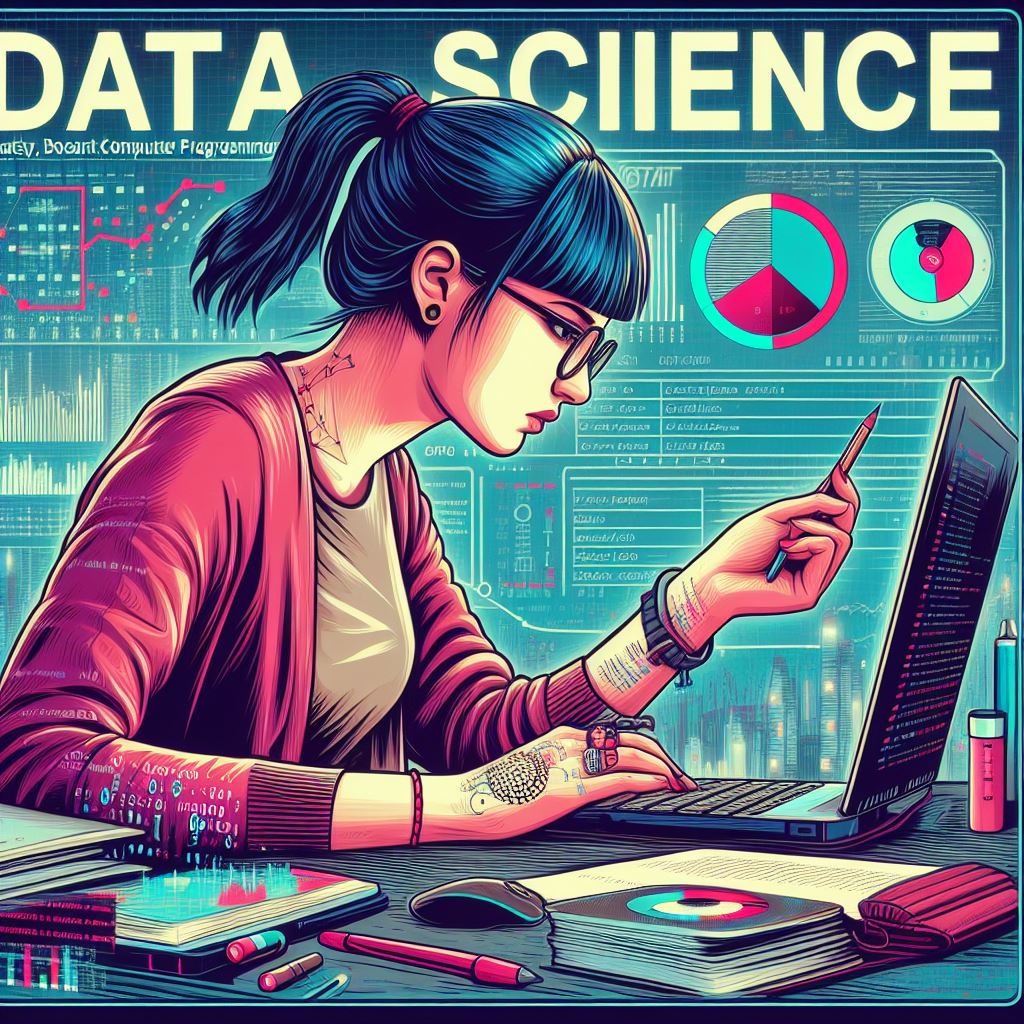Computer vision is one of the most exciting and rapidly evolving fields within artificial intelligence (AI). It enables machines to interpret and make decisions based on visual data, similar to how humans see and process information. By utilizing advanced algorithms and neural networks, computer vision is transforming industries like healthcare, manufacturing, security, and automotive. This article will explore what computer vision is, its applications, and its potential to revolutionize various sectors.
What is Computer Vision?
At its core, computer vision is the science of enabling machines to “see” and understand the world through images or videos. It involves the development of algorithms that allow computers to interpret visual data, identify objects, and make decisions based on the information they gather. Computer vision systems work by analyzing and processing data from cameras, sensors, and other imaging devices. This analysis can range from simple tasks like detecting edges and shapes to complex processes like recognizing faces or reading text.
The process generally involves several stages, including image acquisition, image processing, feature extraction, and classification. Machine learning algorithms, particularly deep learning networks like convolutional neural networks (CNNs), are widely used to enhance the accuracy and efficiency of computer vision systems.
Applications of Computer Vision
Healthcare: In healthcare, computer vision is being used to assist in diagnostics. For example, AI-powered systems can analyze medical images like X-rays, CT scans, and MRIs to detect signs of disease, tumors, or abnormalities. These systems can help doctors make faster, more accurate diagnoses, leading to better patient outcomes.
Autonomous Vehicles: One of the most well-known applications of computer vision is in autonomous vehicles. Self-driving cars rely heavily on computer vision to navigate the world around them, identifying pedestrians, other vehicles, road signs, and obstacles. By processing real-time visual data, these vehicles can make split-second decisions to improve safety and efficiency.
Retail and Security: Retailers use computer vision for inventory management, customer behavior analysis, and even cashier-less checkout systems. For security purposes, computer vision is used in surveillance cameras to detect unusual activity, recognize faces, and improve overall safety. Smart cameras and facial recognition software are becoming increasingly popular in both public and private spaces.
Manufacturing and Quality Control: In manufacturing, computer vision systems are used for quality control, identifying defects in products as they move through production lines. These systems help ensure that only products meeting quality standards are shipped to customers, reducing waste and improving efficiency.
Agriculture: Computer vision also plays a significant role in precision agriculture. Drones equipped with cameras and AI algorithms can scan large fields to monitor crop health, detect pests, and assess soil conditions. This information helps farmers make more informed decisions about irrigation, fertilization, and harvesting.
The Future of Computer Vision
The potential of computer vision is limitless. As AI continues to improve, so will the accuracy and capabilities of computer vision systems. In the near future, we can expect even more sophisticated applications in various industries. For example, AI-driven computer vision could play a crucial role in personalized medicine, where medical images are analyzed to create tailored treatment plans for individual patients. In the field of entertainment, computer vision could enable the creation of more immersive experiences in virtual and augmented reality.
Conclusion
Computer vision is transforming the way we interact with technology and the world around us. Its applications are already making a significant impact in sectors like healthcare, automotive, and security. As AI continues to evolve, the possibilities for computer vision will only expand, opening doors to new innovations and opportunities. Embracing this technology will be essential for businesses looking to stay competitive in an increasingly automated world.
5
